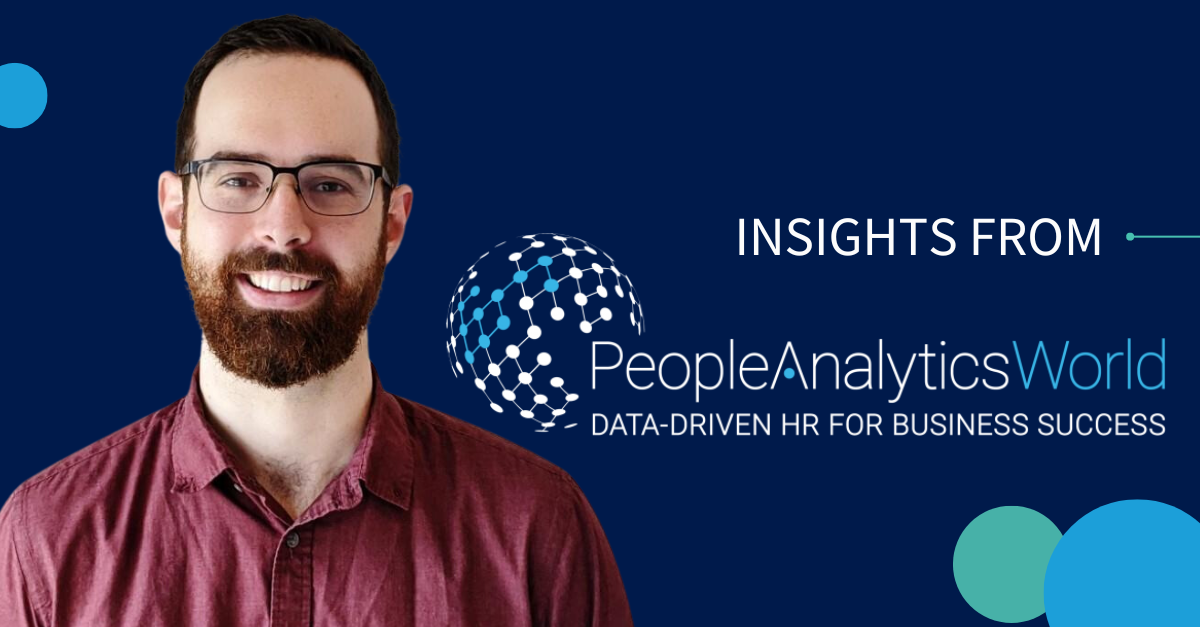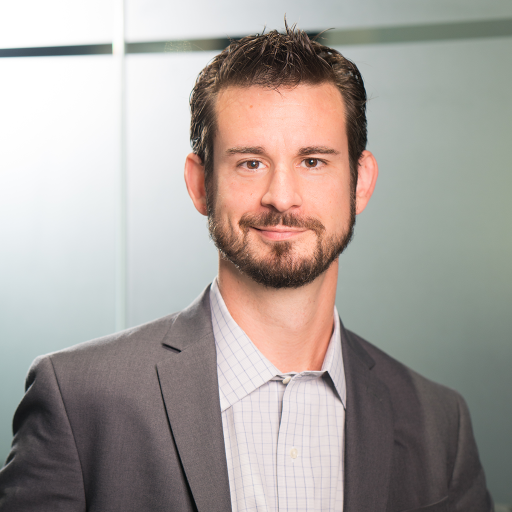Richard Rosenow, One Model’s VP of People Analytics Strategy, spoke at People Analytics World in London this year on how the People Analytics role has evolved.
Watch the video or read our "Cliff’s Notes" below.
Richard Defines People Analytics
People Analytics is a multifaceted field that encompasses many things. So it’s helpful to break it down into three key components: the Community, the Act, and Function.
- Community: The community is the heart of People Analytics. It centers People Analytics as a movement of people who want to make the world of work better with data.
- The Act: The use of data to support workforce decisions. Everyone in the business participates in the act of People Analytics, including managers, leaders, and HR professionals. This practice has been around informally since the 1940s, highlighting its longstanding importance.
- Function: The formalization of People Analytics as a business unit has been around for about 15 years, with pioneers like Jeremy Shapiro and Tom David Port leading the way. This function continues to evolve, adapting to the changing needs of the business world and supporting data-informed workforce decision-making.
What is People Analytics? Learn more.
Overview of the People Analytics Function
Richard's experiences in the field of People Analytics have given him an inside look. One unique aspect of People Analytics he points out is the absence of a centralized governing body. This lack of a formal structure allows for continuous growth and evolution. It’s important to give ourselves and each other grace as we navigate and develop this dynamic field.
Perhaps for the same reason, People Analytics faces several common challenges, including lack of budget, data acquisition and quality issues, resistance to change, and disconnection within the company. Understanding and addressing these challenges is crucial for the continued growth and success of People Analytics.
One critical aspect of overcoming these challenges is understanding and connecting within what we call the People Data Supply Chain. By improving visibility and connectivity across different levels with HR, we can address many of the problems that arise.
 People Data Supply Chain
People Data Supply Chain
One of the first tasks of People Analytics is finding usable data, which means reaching upstream. The quality of the data inevitably leads to a focus on technology.
As the People Analytics leader moves into technology, a lack of standards in org structure are often revealed.
And ultimately, at the very top, we see inconsistencies in strategy. If we don't decide what we're going to do and what we're going to do well, how does the operation know what to build? How do we set up our tech? How do we get our data out? And how do we do analytics?
Besides the problem of unactionable data, inefficient and disconnected functions and disrupted data flow within the supply chain creates friction and politics.
 Connecting the Functions
Connecting the Functions
As the first one in People Analytics to point out this infrastructure, its limitations, and its opportunities, Richard stresses that the sequence within the People Data Supply Chain is crucial. Often, there is good visibility above but poor visibility below, creating disconnects. Understanding this sequence and ensuring smooth transitions between levels can significantly reduce problems.
Integrating these functions can lead to smoother operations and more effective people analytics practices. And a well-established data supply chain is especially imperative before implementing generative AI in HR.
Emerging Role: Workforce Systems Leader
The variety of job titles in People Analytics is staggering; Richard has, in fact, identified over 2,600 unique titles.
But In the midst of all this change, he has seen a new position emerging that combines people analytics with tech, ops, and strategy. Currently called by many names, this workforce systems leader reduces politics and provides a viable alternative to reporting directly to the CHRO.
This new role offers an excellent career path for People Analytics leaders. It allows them to leverage their unique insights and experiences to drive meaningful change within their organizations.
Moving Forward
As we continue to learn and grow in the field of People Analytics, Richard reminds us that it’s crucial to be kind to ourselves and each other. Sharing insights and experiences within our community will drive our collective progress.
Considering the People Data Supply Chain is essential for effective people analytics practices, we’ll be releasing an in-depth exploration of the topic soon.
If this resonates with you, let’s continue this important conversation. Together, we can shape the future of People Analytics and drive meaningful change in our organizations.
Speaking of the future, Richard Rosenow covers these timely topics in greater depth in the webinar below. Take a listen!



